Finding mosquitoes inside your house or in your yard can be terrifying, especially if they are big. But come to think of it, they might be crane flies and not real mosquitoes.
If you grab one and look at it a bit closer, you will notice that it looks different. These crane flies are not as scary as you think and are not dangerous despite their huge size.
The so-called big mosquitoes are crane flies, not mosquitoes. These insects are usually mistaken for giant mosquitoes because of their long, slender bodies and wings. Their larvae can be aquatic or semi-aquatic, and huge populations are destructive pests.
Crane flies are in the insect order Diptera, which means that they are true flies. They are a common insect found in all continents except Antarctica. Their numbers can fluctuate greatly depending on several factors.
But since they are not big mosquitoes, what kind of insects are they? This article contains important facts about crane flies, so read on.
Are the Big Mosquitoes Actually Mosquitoes?
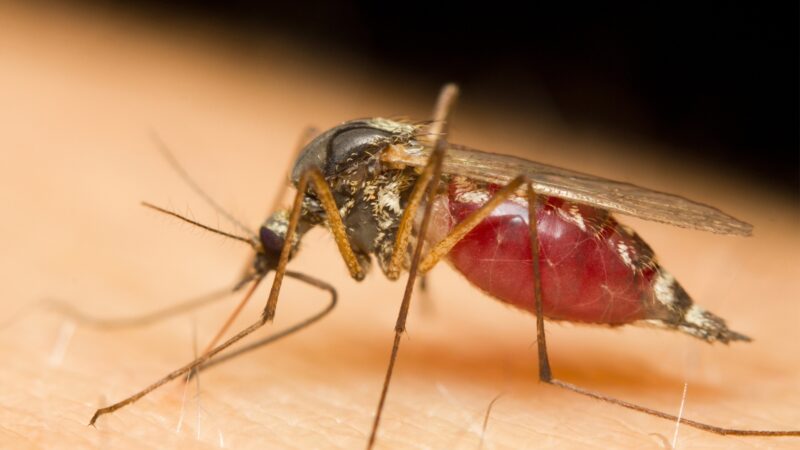
Big mosquitoes are not mosquitoes. To start with, all mosquito species are small, and there is no such thing as a big mosquito. Instead, the “big mosquitoes” you see are crane flies.
These giant insects have some similarities with mosquitoes and are also called mosquito hawks, but they are not related to them and are entirely different species.
Mosquitos vs. Crane Flies: What’s the Difference?
As stated above, crane flies are not mosquitoes, although they look the same at first glance. In fact, these two insects are not related to each other.
Aside from the size, and both insects can be found in similar habitats, they are different from each in so many ways. Here are some of the important differences between mosquitoes and crane flies:
- Mosquitoes belong to the family Culicidae, while crane flies belong to the family Tipulidae, which is one of the largest groups of flies.
- Both insects undergo four life stages – egg, larval, pupal, and adult. However, adult mosquitoes are dangerous, and adult crane flies are not.
- Mosquitoes bite humans, suck blood, and can transmit diseases such as Dengue. On the other hand, crane flies don’t bite humans or feed on blood.
- Unlike adult mosquitoes, adult crane flies don’t have piercing, tube-like mouthparts, and their antennae are not hairy.
- Mosquito larvae are harmless, while crane fly larvae can damage plants.
- Both insects can fly and have one pair of wings and halteres, which are modified hindwings and help them to fly better. But then, mosquito wings have scales, while crane fly wings are scaleless.
- Mosquitoes have a bent abdomen and thorax, while crane flies have a V-shaped groove on their thorax.
- Both insects have six legs, but crane flies have longer legs than mosquitoes.
- Mosquitoes are mostly crepuscular, which means that they are active during the twilight of dawn and dusk. Crane flies are nocturnal and are active at night rather than during the day.
Related: Crane Fly vs. Mosquito: Main Differences, Identification, and Biology
Why Are Crane Flies Called Mosquito Eaters?
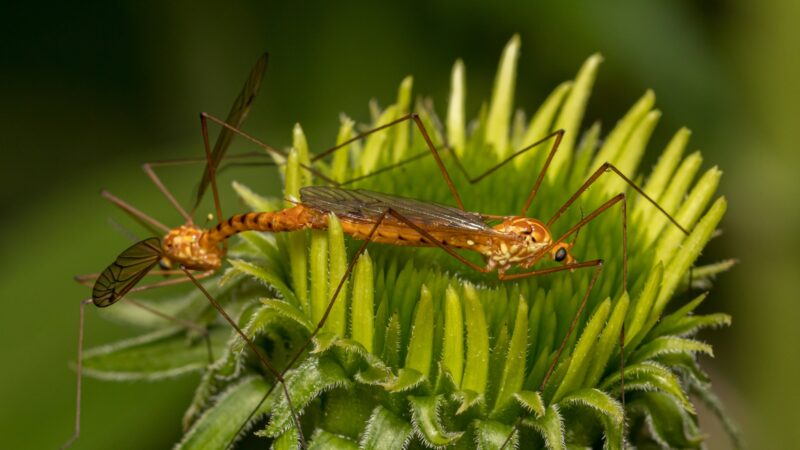
Crane flies are called mosquito eaters (or mosquito hawks) because of an old myth, wherein crane flies were thought to be eating mosquitoes. This mistaken belief probably came from the fact that they resemble giant mosquitoes.
Crane fly larvae are herbivores and are not predators of any kind of insect. Most adults don’t eat at all and die soon.
Related: Mosquito Eaters | Facts You Should Know!
What Do Crane Flies Look Like?
Crane flies look like huge mosquitoes since both of them have slender bodies and six legs. However, the legs of crane flies are longer and are about twice as long as their bodies, which are nearly 1.2 inches (3 cm) long.
This is also why they are sometimes known as “daddy longlegs.” They also have straight bodies with narrow abdomens.
Adult male crane flies have a blunt abdomen, while females have a pointed abdomen, which they use for laying eggs. Both sexes have a wingspan of between 0.5 and 2.5 inches.
Meanwhile, crane fly larvae are usually gray, greenish, or tan and are about 1/2-1 inch (12.7-25.4 mm) long. These legless larvae have snout-like mouthparts.
What Do Crane Flies Eat?
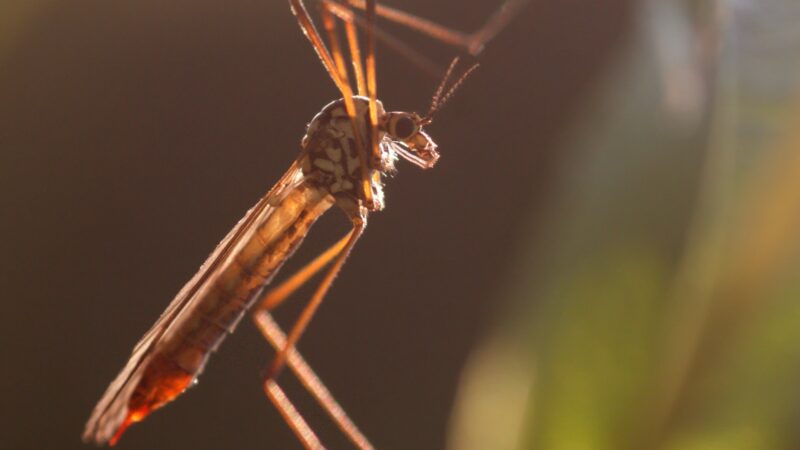
Also called leatherjackets, crane fly larvae eat leaf debris, decaying vegetation, or dead plant material. Some species feed on living plant parts, including the roots. In such cases, they can be pests on lawns.
On the other hand, some adult crane flies feed on nectar, pollen, or other sugary substances. But again, most of them don’t eat at all.
What Do Crane Flies Do?
Adult crane flies do nothing a lot except for mating and laying eggs. Because they are short-lived, these flying insects conserve their limited energy resources so they can mate again.
In short, adults are not considered destructive pests as long as they don’t reproduce. Yet, they can be annoying as they enter houses and fly around the lights.
Meanwhile, most crane fly larvae are important pests in lawns, golf courses, turf, and field crops. While consuming roots and other plant material, they can cause patches in grasslands or make grass thin and yellow.
But then, leatherjackets are also beneficial insects since they feed on decaying organic matter, which is good for our ecosystem.
Where Do Crane Flies Live?
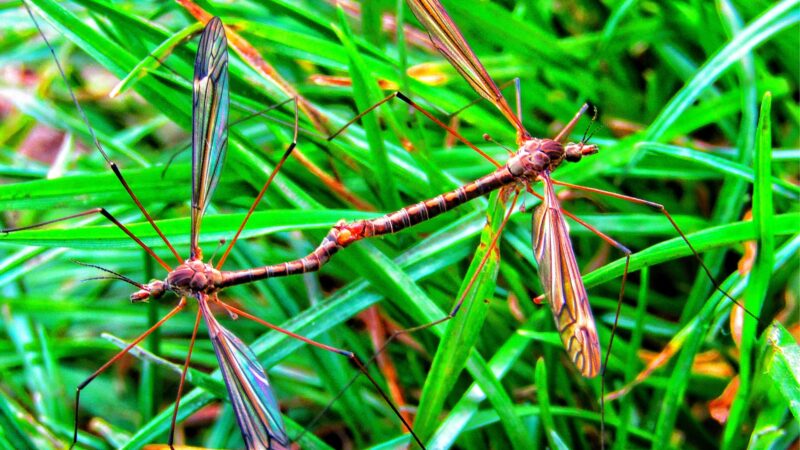
Crane flies usually live in moist vegetative habitats. This includes marshes, wetlands, and along the edges of rivers and streams.
Adult crane flies are commonly found near damp, grassy areas, while most larvae species live in soil or leaf litter. Some crane fly larvae are aquatic and live in water, while others live in lawns, golf courses, and turfs.
What Attracts Crane Flies?
Like most flying insects, adult crane flies are very attracted to light. This is why you may see them flying around street lights or porch lights at night.
Fortunately, they are not attracted to humans and pets since they don’t suck blood. On the other hand, crane fly larvae are not attracted to anything and simply eat anything available to them.
Why Are There So Many Crane Flies?
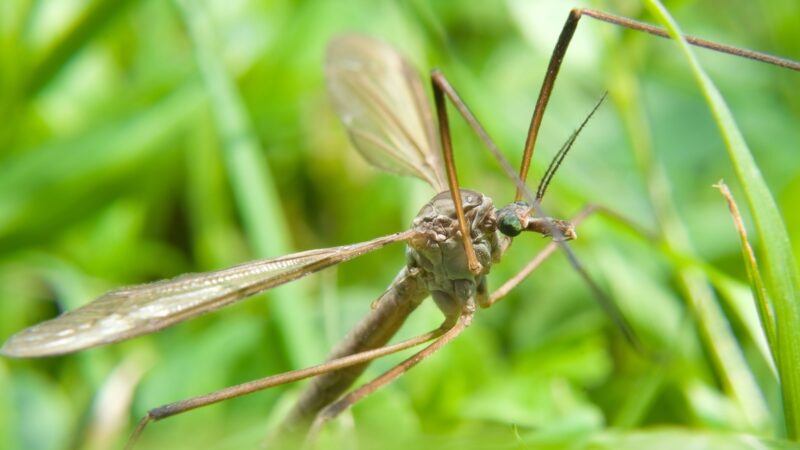
Crane flies are plentiful because they grow in multitudes in a very short time. Females lay 200-300 eggs in turfs within a 3-4 day period, and larvae emerge in just a week.
Adults die shortly after laying eggs, but larvae can live up to 5 years before they pupate! Since the life cycle of crane flies is completed in a year, larvae multiply very fast.
When Do Crane Flies Come Out?
Since adult crane flies love wet weather conditions, they usually emerge from the soil during late summer and fall. In some areas, they come out in the spring months once heavy rains occur.
During winter, larvae stay dormant under moist soil and will develop continuously. They patiently wait for the weather to get warm so they can feed again.
How to Kill Crane Flies?
Adult crane flies are only nuisances since they don’t bite or cause any damage. Hence, it is not practical to kill these flying insects.
Yet, you can drive them away and keep your door, and window screens closed so they can no longer return. But for the damaging larvae in your lawn, there are several ways to kill them.
1. Cultural Control
Maintain a healthy lawn by mowing, fertilizing, and watering it regularly. Since larvae thrive in wet soil, perform proper irrigation and improve your drainage system.
Turfgrass doesn’t need too much water when the weather is cold and the days are shorter. Therefore, it is also the right time to reduce irrigation. In doing so, crane fly larvae will eventually die.
2. Biological Control
Another effective method of killing crane fly larvae is by using beneficial insects such as . When placed in lawns, these tiny living worms attack crane fly larvae and eat them alive.
No products found.
They can reduce the larvae population by up to 50%. Alternatively, you can use their natural predators, such as birds, frogs, lizards, and other grub-eating animals.
3. Chemical Control
For chemical control against crane fly larvae, you can use pyrethroid pesticides . To kill crane flies effectively, apply them in the winter months when these pests are in the dormant state and not yet causing any damage.
- For use on Most insects
- Can be used as a Dog Dip
- Controls insects on fruits and vegetables
During this season, pollinators such as bees are not around and will be safe. Make sure you follow the instructions on the label.
How to Get Rid of Crane Flies Naturally?
Using pesticides can kill crane flies but can also affect beneficial insects. If not used properly, it can also damage your lawn and harm humans and pets. To avoid this, you might want to get rid of crane flies in natural ways.
Aside from cultural and biological control methods, here are other tips on how to control and repel crane flies naturally:
- Pick them up. Since crane flies are not dangerous, you can use your hands in picking them up and then remove them from your house or yard.
- Mix soap and water and spray the solution on adult crane flies and their larvae.
- Chop garlic and mix it with water in a spray bottle. Find the nest of crane flies and spray it with the solution. You can also place chopped garlic in the soil.
- Use plants that repel crane flies and plant them in your yard. This includes citronella, lavender, lemongrass, marigold, and peppermint.
- Use essential oils. They are extracted from plants, such as eucalyptus, lavender, and peppermint, and have a strong aroma that crane flies hate.
How to Get Rid of Crane Flies With Essential Oils?
As stated above, some essential oils , such as from peppermint and lavender plants, can repel crane flies effectively and prevent them from laying eggs on your lawn.
- Discover the natural benefits of aromatherapy with our Pure Aroma...
- High-quality ingredients: our essential oils gift set features...
- Presented in an elegant and aesthetically pleasing packaging, our...
- This set features six versatile essential oils: Lavender,...
- Designed with a dark amber bottle, it protects the essential oils...
These volatile organic compounds emit strong scents that insects cannot tolerate. To get rid of crane flies using essential oils, mix them with water and spray the solution directly on them.
Alternatively, you can leave cotton balls with a few drops of essential oil in areas where there are crane flies. Note, however, that their repellent efficiency depends on how much you apply and the severity of the problem.
Although generally safe for humans, they can be harmful to pets and plants. In most cases, re-application is necessary.
List of Sources
Poorman, J. (2005). Crane fly. Beneficials in the Garden.
What is a Mosquito? (2020). Centers for Disease Control and Prevention.
Walton, E., Eldridge, B. F. (2020). Mosquitoes. Agriculture and Natural Resources, University of California.
Crane Fly Larvae. Missouri Department of Conservation.
Ramirez, R., Kopp, K. (2015). Common Crane Fly. Utah State University Extension.
- How to Get Rid of Turtles | Proven Long-Term Solutions! - August 26, 2023
- How to Get Rid of Kingsnakes | Easy & Humane! - August 26, 2023
- How to Get Rid of Northern Water Snakes | Best Solutions and Preventative Measures! - August 19, 2023


